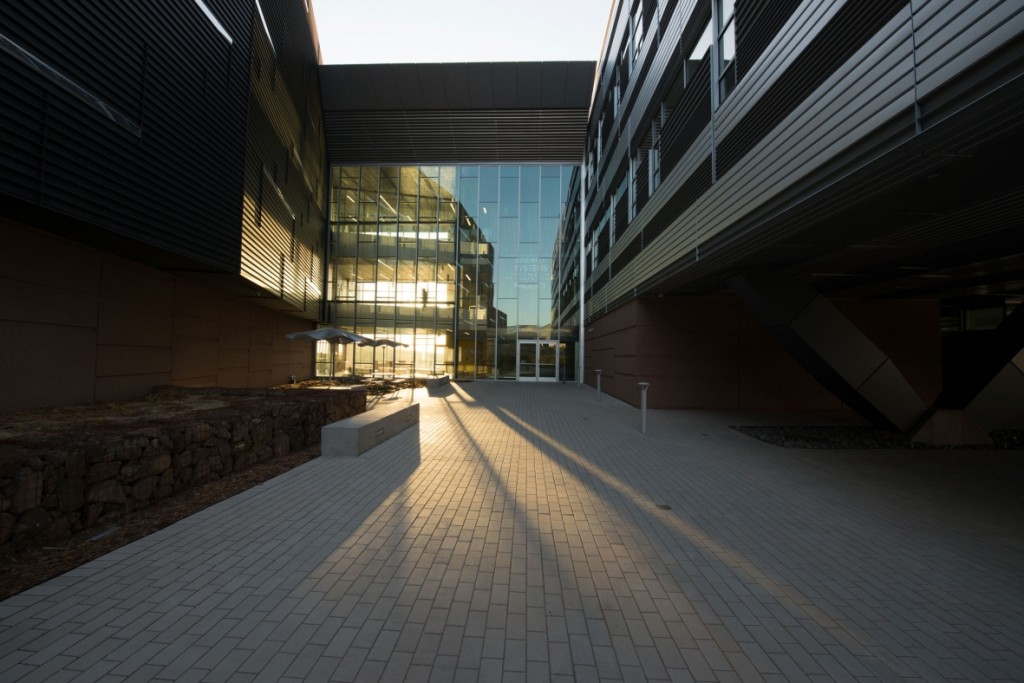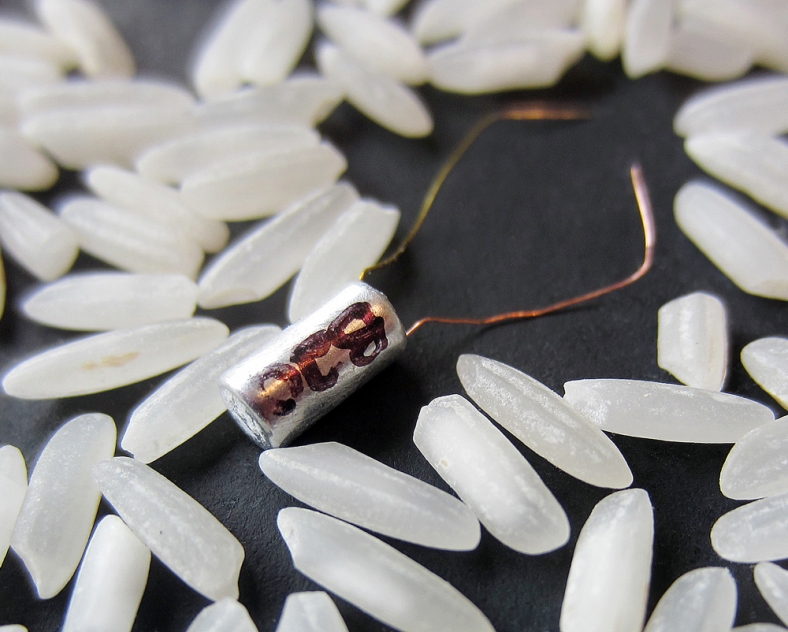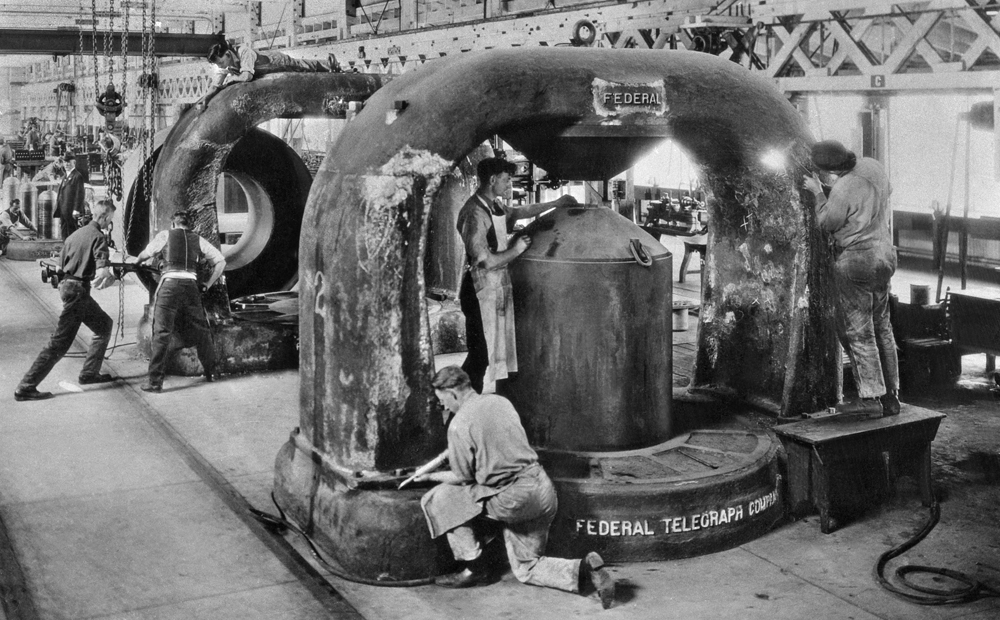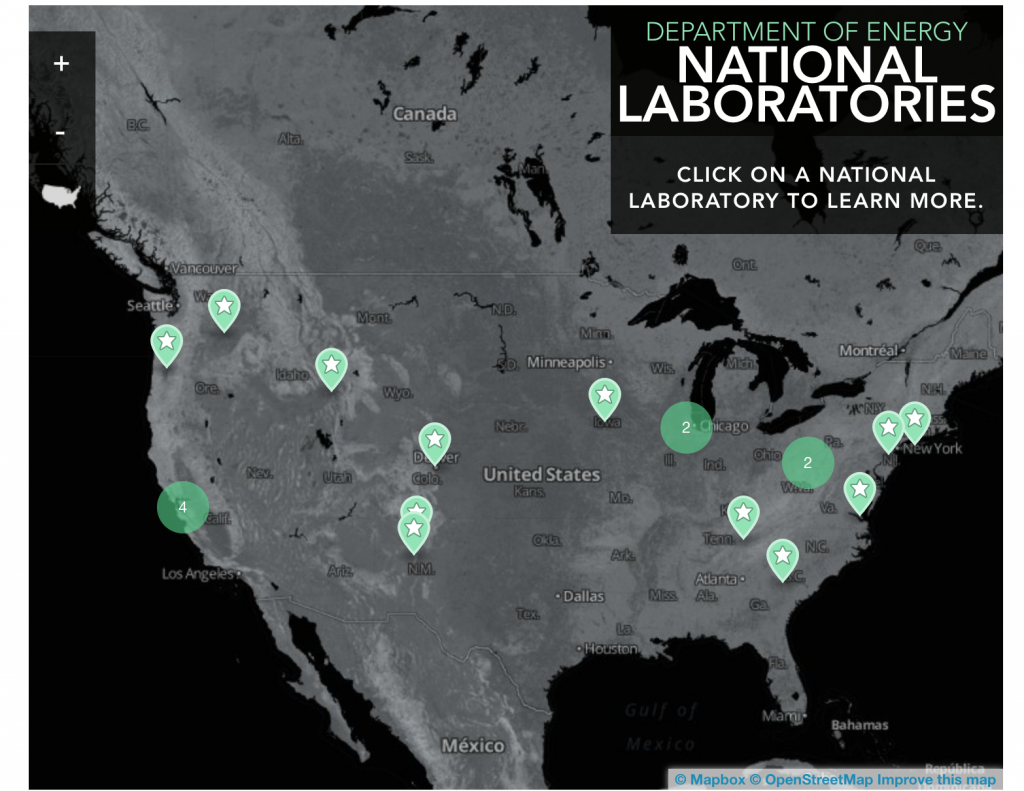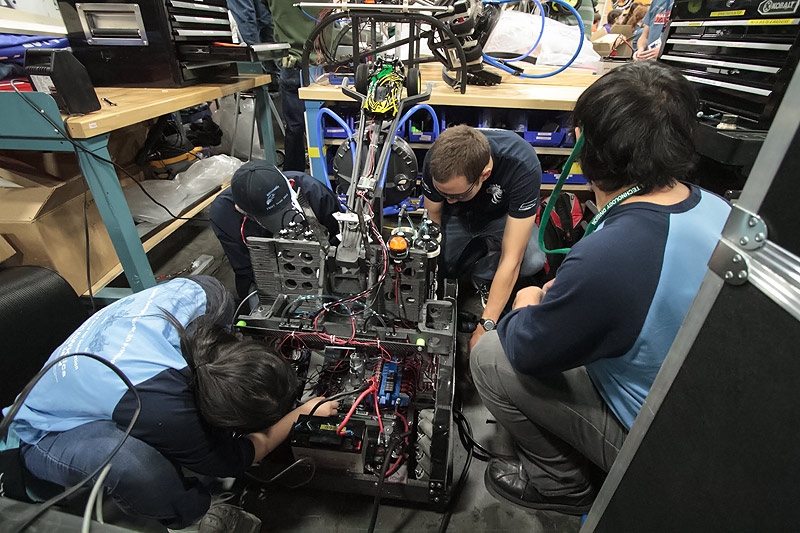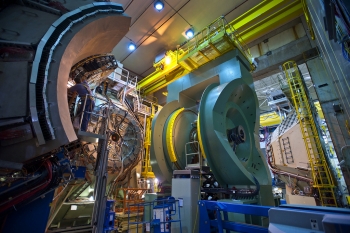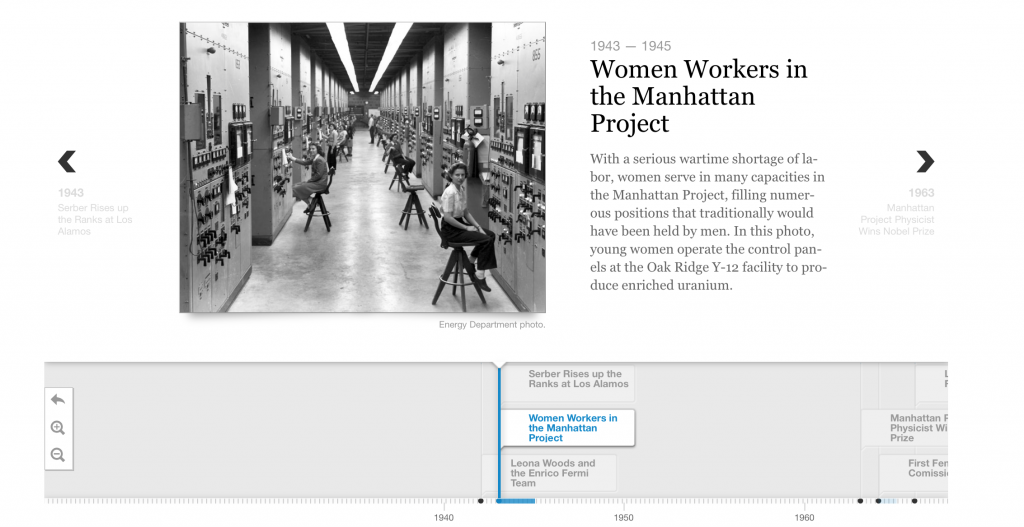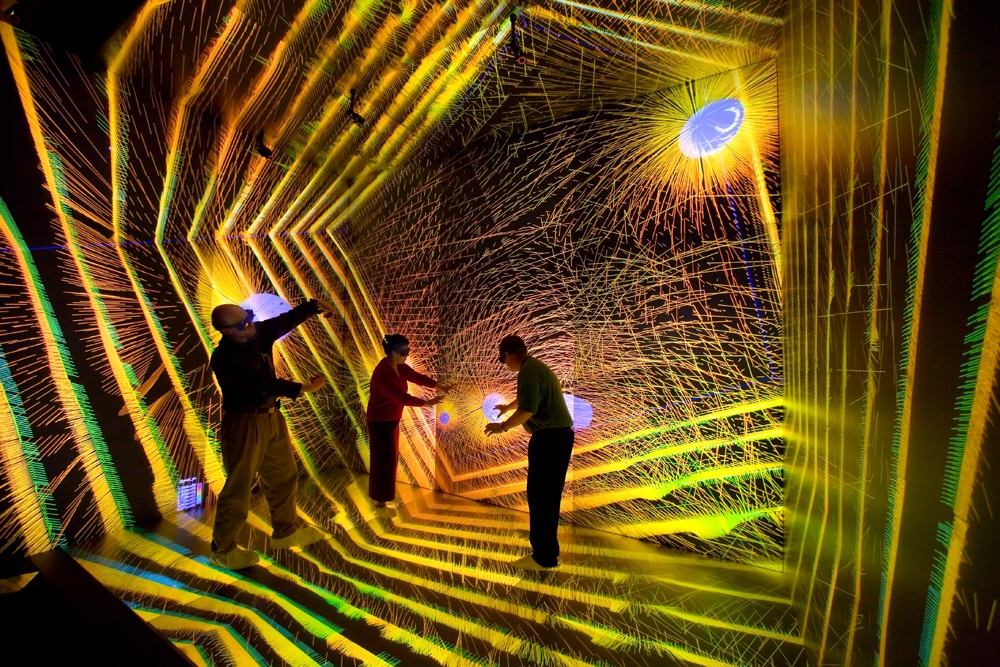From improving the resiliency of the electric grid to devising new ways to integrate low-carbon sources of energy, the Energy Department’s National Labs are at the forefront of modernizing and securing our nation’s electricity infrastructure. To help drive this innovation, the scientists at the National Labs use some of the most cutting-edge facilities in the world — many of… Keep reading →
National Laboratories
Three Grid Facilities You Should Know About
By US Department of EnergySign up and get Breaking Energy news in your inbox.
We will never sell or share your information without your consent. See our privacy policy.Smaller, More Powerful Battery to Help Track Salmon
By US Department of EnergyFor years, scientists have tracked the movements of salmon through rivers in the Pacific Northwest and around the world. Now a smaller, more powerful battery will allow them to track even younger, smaller fish over longer distances. Slightly larger than grains of rice, the new batteries power a transmitter small enough to inject into these… Keep reading →
Photo of the Week: Smashing Atoms with 80-ton Magnets
By US Department of EnergyEvery week, we’ll feature our favorite energy-related photo here on Energy.gov, at Facebook.com/Energygov and on Twitter via @ENERGY. For other photos of the week, view our gallery. If you have ideas for Photo of the Week, send us an email at NewMedia@hq.doe.gov. The cyclotron, invented by Ernest Lawrence in the 1930s, is a unique circular particle accelerator, which Lawrence himself referred… Keep reading →
Many people live very close to one of the Energy Department’s 17 National Labs and don’t even know it. After checking out our new National Labs map, you won’t be one of these people. The National Labs are charged with developing science and technology to further our nation’s energy sector, and conducting research that spurs greater innovation.… Keep reading →
Building a Better Future one Robot at a Time
By US Department of EnergyFor the past six weeks, students in Tennessee have been in front of computers modeling 3D designs and in workshops building robots. Their goal? To win the FIRST Robotics competition and along the way, show the world what’s possible with the next generation of manufacturing. The FIRST robotics competition challenges high school students to design,… Keep reading →
The Science of the Very Fast and Very Small
By US Department of EnergyThis month on Energy.gov, we’ll be exploring the science of the very fast and very small. From particle accelerators used to study the physical world to innovations in nanotechnology that could revolutionize industries, we’ll examine the contributions of the Energy Department’s National Labs to these important frontiers of science. PARTICLE ACCELERATORS Particle accelerators use electric fields to… Keep reading →
Solutions to corrosive problems are often found by looking at both sides of the situation. It was in that spirit that researchers at the Energy Department’s Argonne National Laboratory looked into the corrosive problem of, well, corrosion. One of the world’s most costly and most common chemical reactions, it typically shows up as rust. And… Keep reading →
History of Women at the Energy Department
By US Department of EnergyWomen have been making a significant impact in science, technology, engineering and mathematics (STEM) fields for centuries. Join the Energy Department in celebrating Women’s History Month by viewing this timeline for a glimpse of the accomplishments of women in energy. WOMEN IN STEM — ANCIENT HISTORY TO MODERN TIMES Our timeline starts in the 1940s,… Keep reading →
Over the past several years, Los Alamos National Laboratory has invested in providing state-of-the-art tools to help scientists understand and explore their data. In this photo, researchers are investigating the details of an astronomical simulation in the CAVE (cave automatic virtual environment) — a cube-shaped room with high-resolution projections on all six surfaces. Using 3D… Keep reading →
Infographic: Where in Space is the Energy Department?
By US Department of EnergyFor nearly 60 years, humankind has been sending satellites, probes, spacecraft and even some of our own to space as part of a journey to understand the universe and our place in it. For much of that time, the Energy Department and its National Labs have been supplying the space power systems and instruments that make those… Keep reading →
